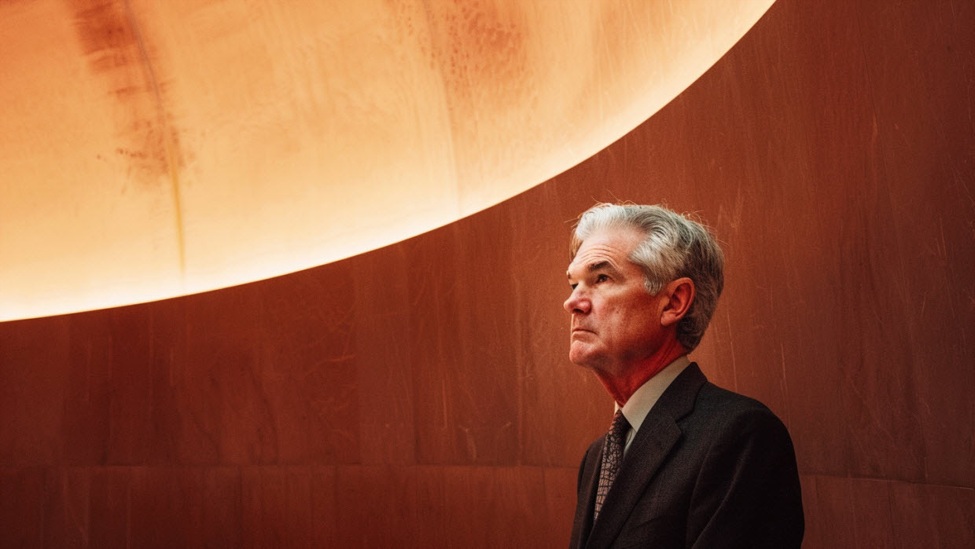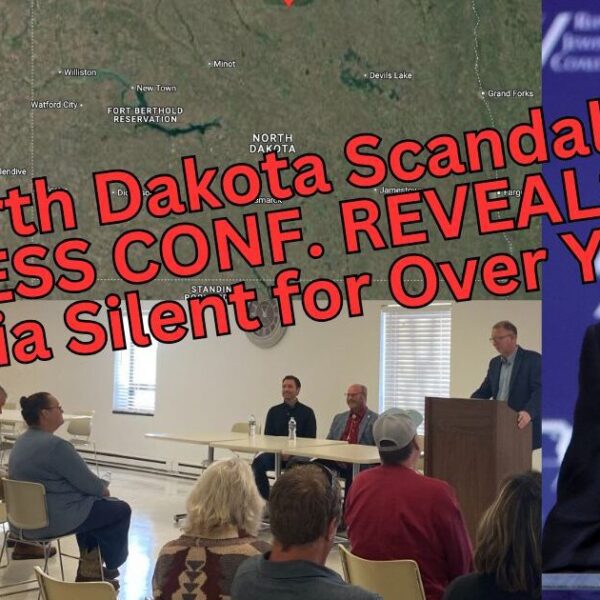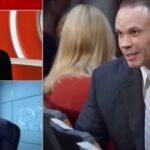Is Powell behind the curve? — AI image
The market appears to be partly disappointed by Federal Reserve Chairman Jerome Powell’s comments today as some were hoping for a clearer timeline on when rate hikes could come. Instead, Powell offered no indications that a cut would be on the table at the July 31 meeting and leaned on data beyond that.
Powell said that could change if there’s a real deterioration in the labour market but economists at National Bank highlight the problem with that line of thinking — by the time the labor market starts to deteriorate, it’s too late.
“Are markets – and economists for that matter – expecting too
much out of the first rate cuts? We think so. Looking at the last four cycles of monetary tightening (three of which ended in recession),
we can see that the unemployment rate generally begins to rise several months after the last interest rate hike. The increase even
tends to accelerate after the first rate cuts, as the latter are generally insufficient to return monetary policy to an accommodating
stance.”
The comps aren’t totally valid as the pandemic and credit crisis sparked two of the past four rate-cutting cycles but those also didn’t start from 5.25-5.50% Fed funds. Moreover, policymakers cut quickly while the Fed is much more-likely to take a measured pace this time.
The chart illustrates that in the average of the past four cycles, cuts had started five months ago. This time, we’re on track to deliver the first cut 7-9 months later than average.
“Note that, in 1990, 2000 and 2008, the Fed had already eased
monetary policy by an average of 250 basis points by the time the unemployment rate had increased 0.6% from its trough… and
the economy still tipped into recession”
To me this all rings true. I believe that not locking in duration investments now will be the mirror image of the failure to lock in low borrowing rates in 2021.
See: The inflation scare is over: The pandemic was a perfect storm















